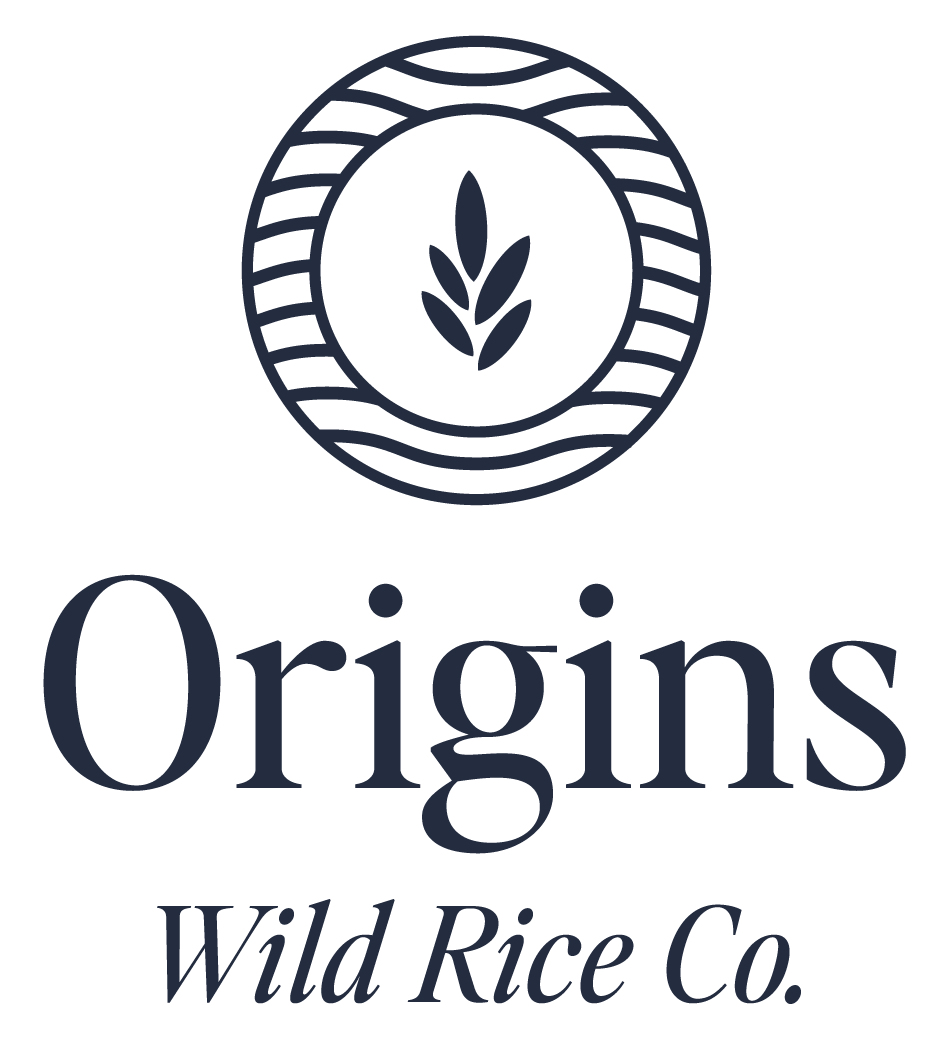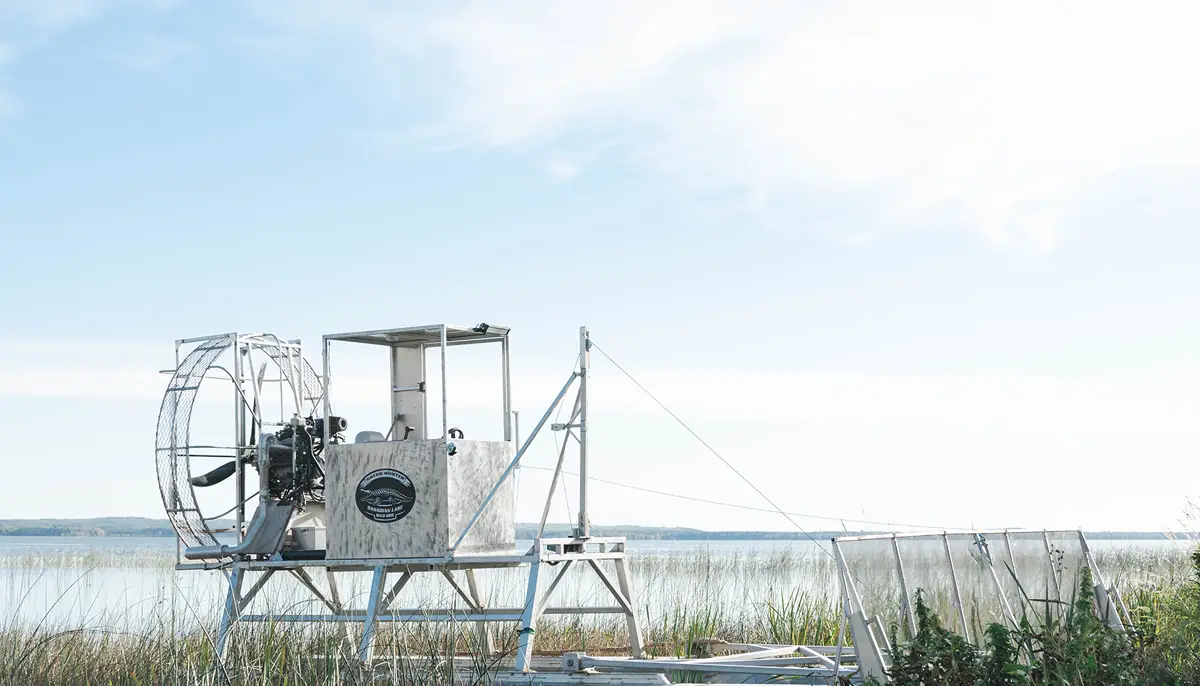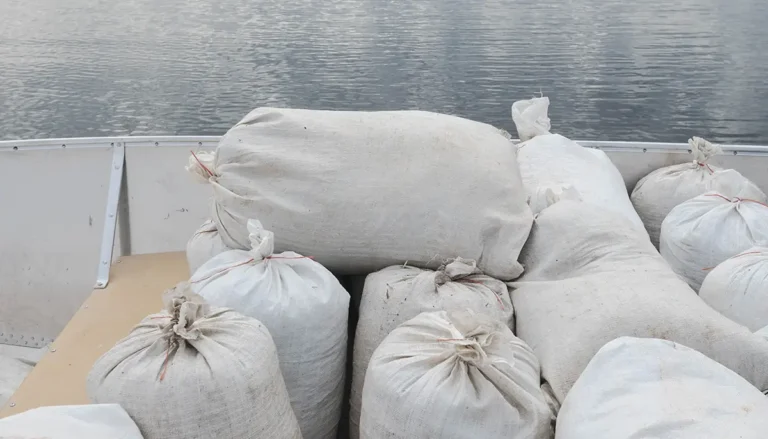Wild rice, with its distinctive nutty flavor and unique texture, is more than just a culinary delight;
it’s a cultural and ecological treasure. Harvesting wild rice, known as “manomin” in Cree, an
ancient practice that has been passed down through generations of Indigenous communities in
North America. This blog post will explore the art and tradition of harvesting wild rice, delving
into its cultural significance, ecological benefits, and the traditional methods used in this
time-honored practice.
The Significance of Wild Rice
Wild rice (Zizania palustris) is native to the Great Lakes region and parts of Canada. Unlike
cultivated rice, which grows in paddies, wild rice thrives in the shallow, slow-moving waters of
lakes and rivers. It’s a staple food for many Indigenous peoples and plays a crucial role in their
cultural and spiritual life. The plant’s growth cycle, from germination to harvest, is deeply
intertwined with the natural rhythms and seasonal changes of the region.
The Harvesting Process
1. Timing Is Everything
The harvesting of wild rice is closely linked to the lunar calendar and the changing seasons. The
ideal time for harvesting is late summer to early autumn, typically from late August to early
September, when the grains have turned from green to a deep brown and have reached full
maturity. The exact timing can vary depending on weather conditions.
2. Traditional Methods
The traditional method of harvesting wild rice is a labor-intensive and skillful process. It involves
several key steps:
Preparation: Harvesters use a canoe or a small boat to navigate the shallow waters where wild
rice grows. Traditionally, these canoes are crafted from birch bark, but modern boats and
canoes are also used.
Paddling and Harvesting: As the canoe moves through the rice beds, harvesters use long,
flexible sticks or “knockers” to gently bend the rice plants over the canoe. The mature grains are
then knocked off the stalks and collected in a large container or a canvas sack.
Processing: Once harvested, the rice is cleaned to remove any debris and then parched (dried)
to stop the germination process and preserve the grain. Parching is usually done over an open
fire or in a heated oven.
3. Modern Techniques
While traditional methods remain popular, modern technology has also influenced the
harvesting of wild rice. Some harvesters now use specialized equipment, such as mechanical
harvester boats, to increase efficiency. These machines can be especially useful in larger rice
beds but are typically used alongside traditional methods to ensure the preservation of cultural
practices.
Cultural and Ecological Importance
1. Cultural Preservation
For many Indigenous communities, the harvest of wild rice is not just a means of subsistence
but a deeply ingrained cultural tradition. The process is often accompanied by ceremonial
activities, storytelling, and community gatherings. It represents a connection to ancestors, the
land, and the natural world. The preservation of these traditions is vital for maintaining cultural
identity and passing knowledge to future generations.
2. Ecological Benefits
Wild rice beds play a crucial role in maintaining the health of aquatic ecosystems. They provide
habitat and food for various wildlife species, including birds, fish, and insects. Additionally, wild
rice helps stabilize the shoreline and improve water quality by filtering pollutants and reducing
erosion. The preservation of these ecosystems is essential for biodiversity and ecological
Challenges and Future Prospects
While the practice of harvesting wild rice is rich in tradition and importance, it faces several
challenges. Climate change, pollution, and habitat loss threaten the health of wild rice beds.
Efforts are being made to address these issues through conservation initiatives and sustainable
harvesting practices. Collaboration between Indigenous communities, environmental
organizations, and researchers are crucial for ensuring the future of wild rice.
Conclusion
The harvest of wild rice is a beautiful fusion of culture, tradition, and ecology. It represents a
profound connection between people and nature, embodying a practice that has been honed
over centuries. As we move forward, it’s essential to honor and support the traditional
knowledge and methods that have sustained this practice while addressing the modern
challenges it faces. By doing so, we ensure that the rich heritage of wild rice harvesting
continues to thrive for generations to come.




